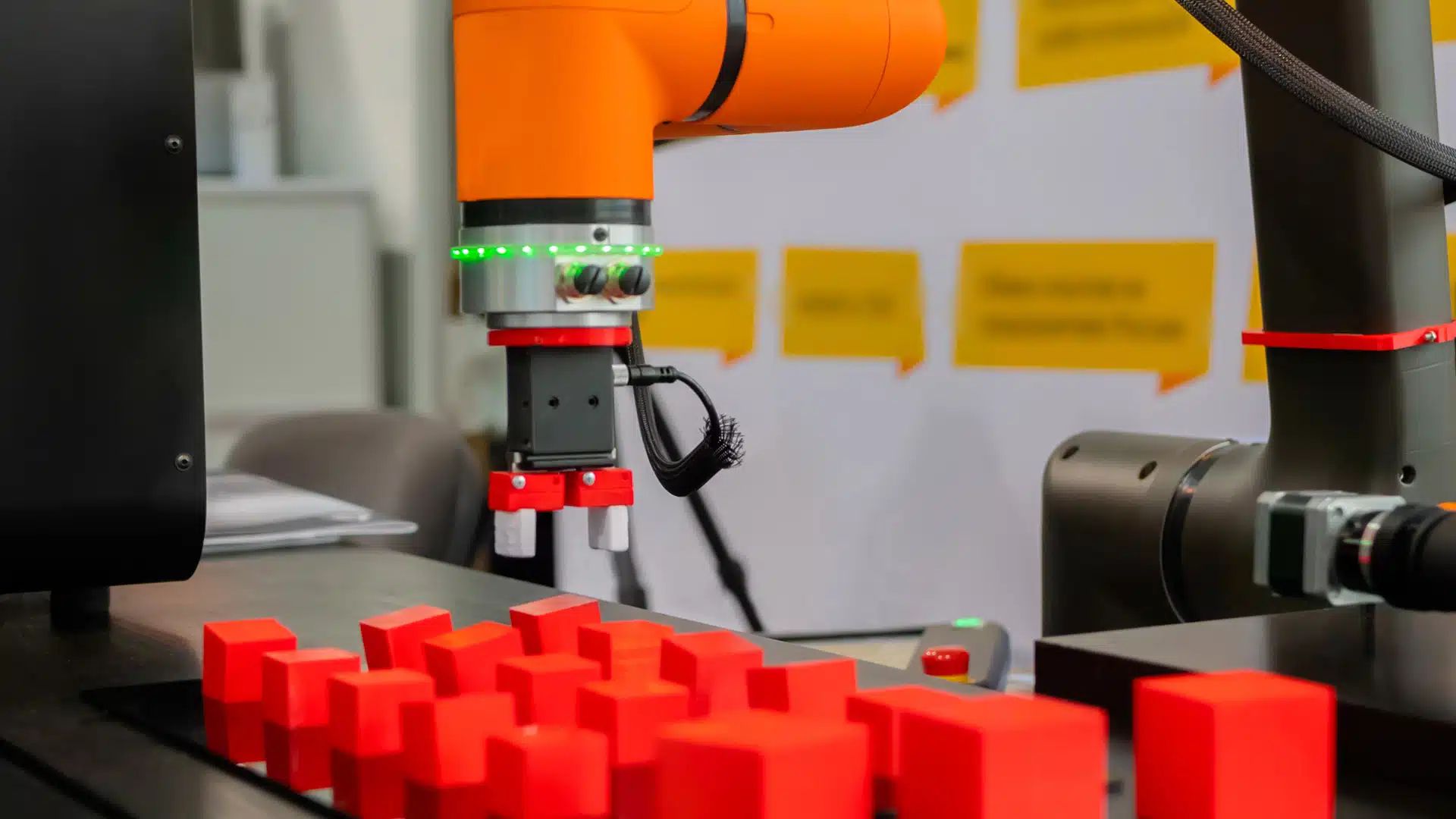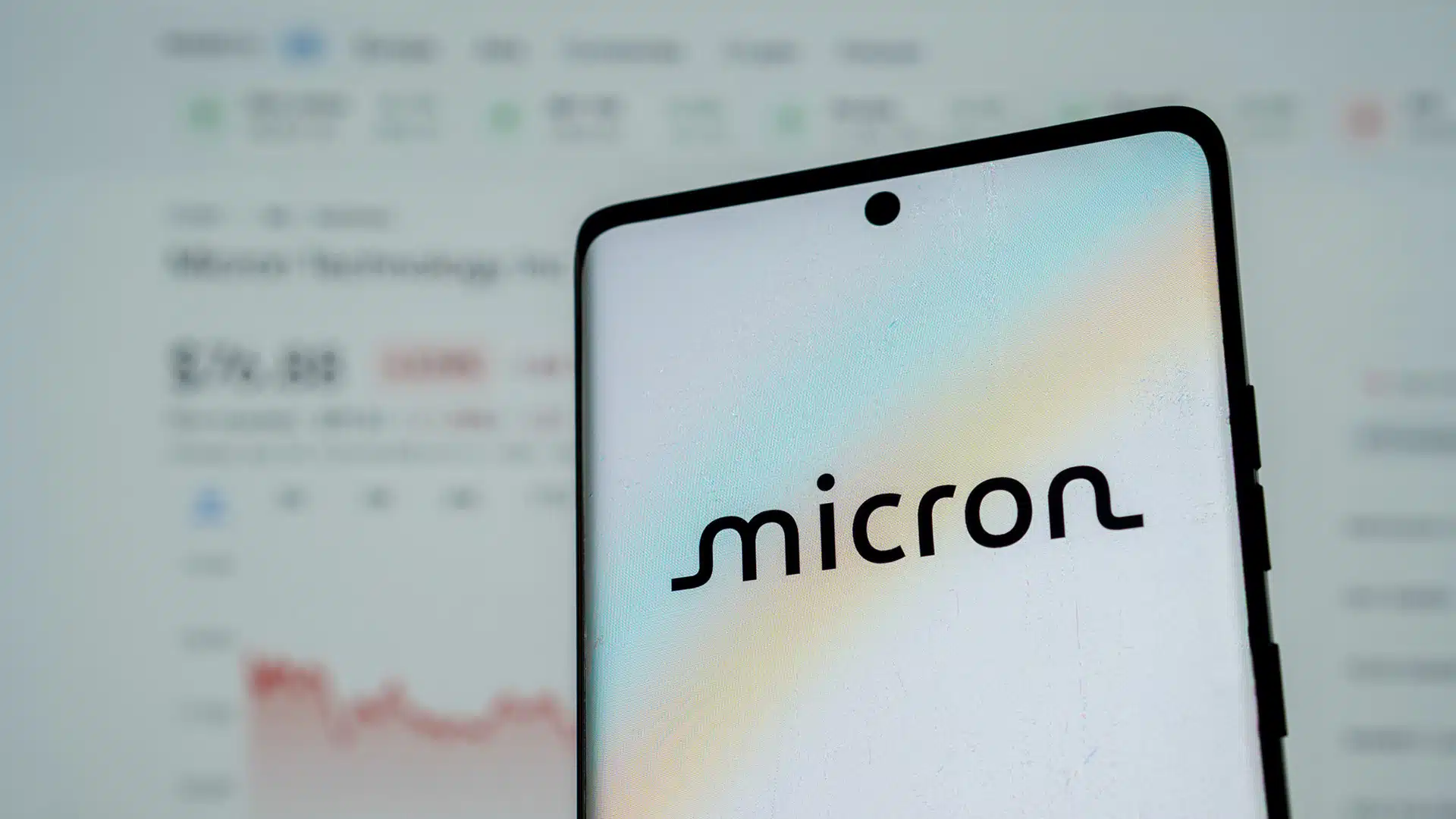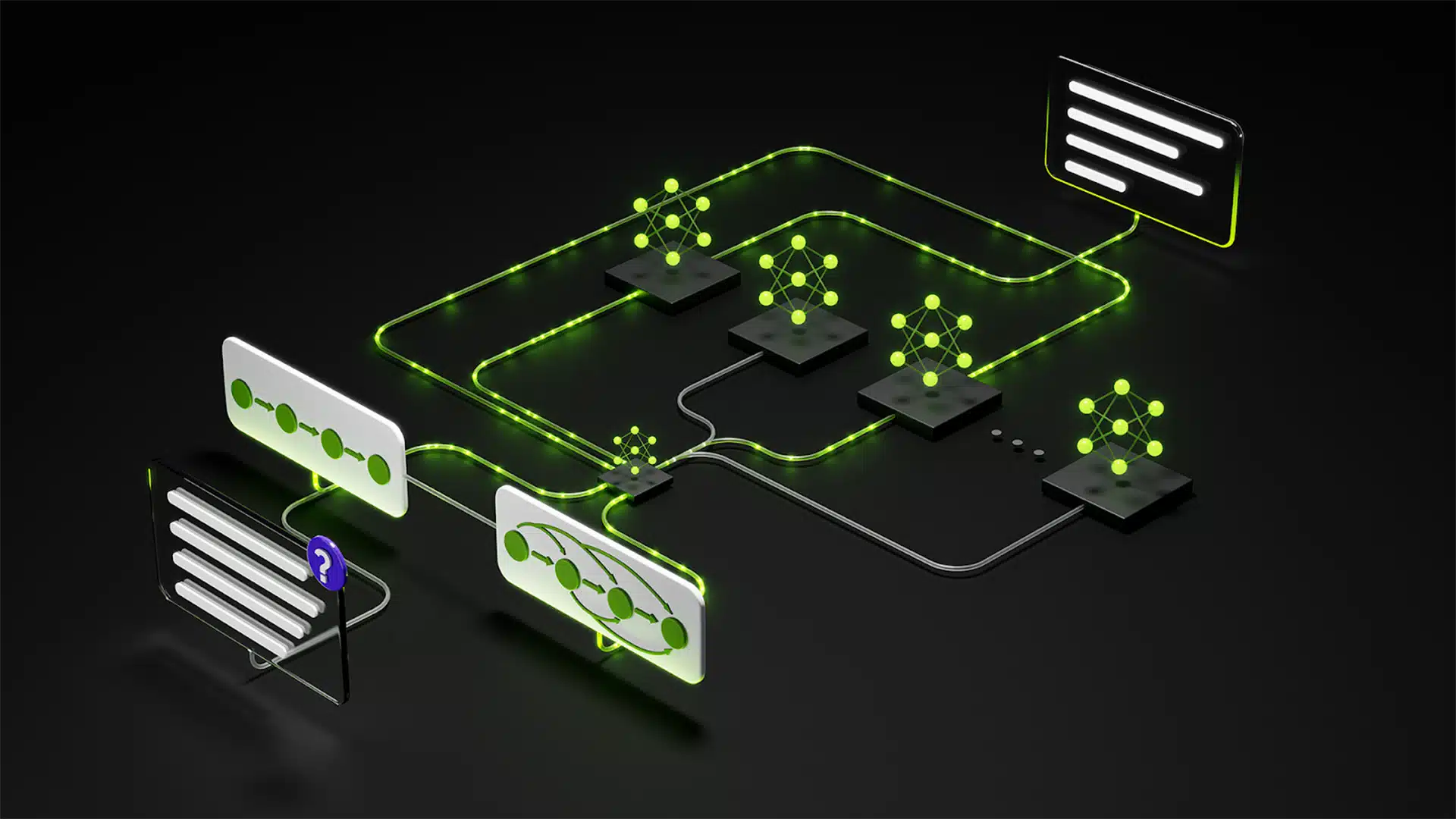Waiting in lines has long been part of the travel experience. Parking shuttles, rental car vans, baggage check-in, customer service, and security are all points where a long wait can prove not only unpleasant, but potentially trip altering if your delays are too long. With COVID-19 in the mix, airports are starting to look at lining up not only as a friction point, but also as a possible health and safety pitfall as people are averse to standing in large crowds. This will be especially important as international travelers are faced with increased documentation and procedures due to the pandemic, particularly when moving through customs and immigration. Additionally, airports are looking at ways to improve the passenger experience and free up time to enjoy the growing list of amenities many airports offer.
Airports have been trialing and implementing many technologies designed to lessen wait times and make the experience more pleasant. COVID-19 has, no doubt, inspired more rapid testing of these technologies as travelers are looking to socially distance. Seattle’s Sea-Tac airport trialed its Sea Spot Saver program over the summer and recently announced in September that it was being extended. Sea-Tac partnered with VHT, a provider of callback software and services, leveraging its Mindful Platform which allows airline passengers to select a time they want to pass through security. This can be done up to three days before a flight, or upon airport arrival by scanning a QR code and following prompts about entering a virtual line. Passengers can find a more comfortable place to grab a drink, read, or shop and then join a shorter line at a time that the app defines for them, taking some of the unpredictability out of the experience. VHT published feedback about the trial and more than 90% of travelers who used the system said it saved them time and was a pleasant experience. Sixty percent used their time to dine or shop, rather than being stuck in a line.
Similarly, Boston’s Logan International Airport piloted an eight-week Virtual Security Line program using a solution from accesso Technology Group. Passengers can join a virtual security line by accessing accesso’s QSmart platform from their mobile device. This starts a visual countdown of the wait time and passengers receive a browser notification when it is their turn to go through security. A QR code is scanned and the passenger then joins their place in line.
Security is not the only touchpoint that is benefitting from emerging CX technologies. United Airlines has introduced Agent on Demand, a service that allows passengers to access in-the-moment contactless help without waiting in customer service lines. Flight gets canceled? Weather delay? At seven major United hubs in the US, you will not need to join the mass of people swarming the gate agent, but can opt for a more personalized, contactless option. United’s signage at participating airports has a QR code to scan that will connect passengers with a live customer service representative via call, text, or video. United partnered with Acquire to power the platform. As people return to travel, they are looking for safety, reassurance, and smooth, predictable experiences. Each touchpoint in that journey is an opportunity to build brand loyalty, trust, and positive emotions by leveraging CX technologies.
Author Information
As a detail-oriented researcher, Sherril is expert at discovering, gathering and compiling industry and market data to create clear, actionable market and competitive intelligence. With deep experience in market analysis and segmentation she is a consummate collaborator with strong communication skills adept at supporting and forming relationships with cross-functional teams in all levels of organizations.
Sherril holds a Master of Business Administration in Marketing from University of Colorado, Boulder and a Bachelor of Arts in Psychology from Rutgers University.








